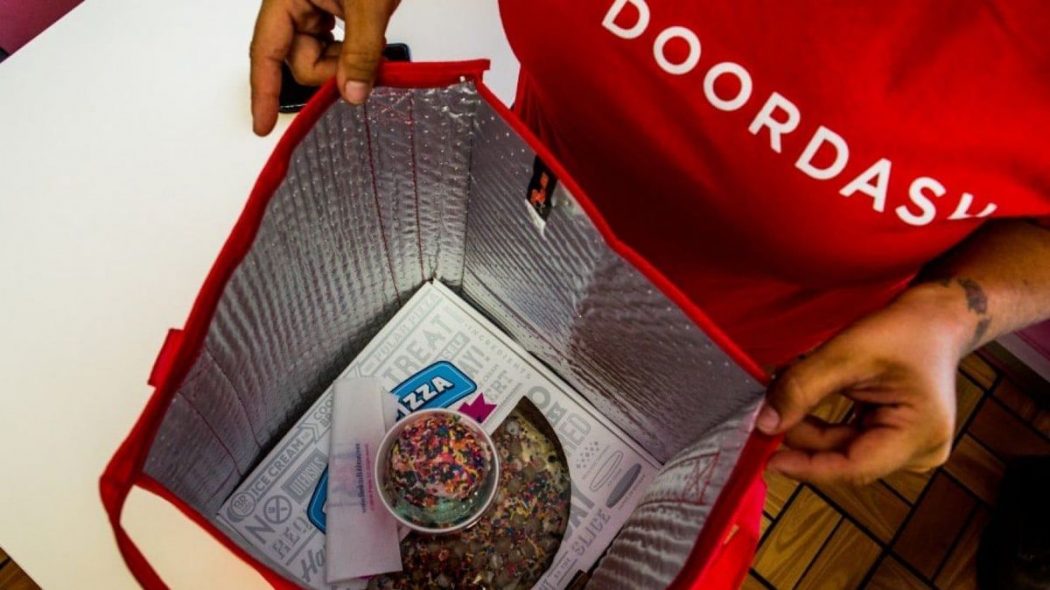In March of last year, society as we know it literally came to a standstill. Over the span of just a few days, schools, universities, and businesses were forced to shut down indefinitely. Fast-forward ten months later, the global economy is far from its pre-pandemic level, and new strains of COVID-19 are ravaging most countries. However, for online delivery service companies, 2020 was undoubtedly one of their best years ever.
With millions of adults working from home and students studying virtually due to the spread of the virus, food delivery platforms welcomed the extended closures of in-person restaurant dining. Even with a rising level of unemployment in the early days of the pandemic, the spike in demand for online food deliveries outweighed the reduced purchasing power. In fact, for the first time, Uber Eats is bigger than “Uber Ride”. While revenue from Uber Eats increased two-folds in 2020, the company’s ride-hailing service contracted by 75% compared to 2019. In just the first two quarters of 2020, Uber Eats recorded more revenues than in any previous fiscal year, with over $2Bn.
Another big name is Doordash, a US company founded in 2013. The company controls almost half of the American food delivery market. Going public on December 9, 2020, Doordash saw its shares jump 86% on the first day of trading with an initial valuation of $60Bn prior to their offering. After suffering a net loss in 2019, Doordash rebounded in 2020 with a $23Mn profit in Q2. Moreover, Deliveroo, a British food delivery giant, is now valued at over $7bn – double its value just a year prior, as the company braces for its initial public offering (IPO) sometime this year. This heightened valuation comes as Deliveroo more than doubled its revenues in the UK throughout the year.
…online groceries revenue in the US is expected to have grown by over 72% in 2020 alone, and as the pandemic lures on, the market should continue to rapidly expand…
While the pandemic will eventually come to an end, certain things like ordering groceries online are here to stay. According to a report by IBISWorld, online groceries revenue in the US is expected to have grown by over 72% in 2020 alone, and as the pandemic lures on, the market should continue to rapidly expand. Despite the industry’s small size relative to traditional grocery shopping – it accounts for roughly 5% of all groceries – its potential is limitless in an increasingly digital world.
Another potential disruptor of the North American online grocery delivery market is Instacart, based in San Francisco. The platform offers grocery delivery services, as well as pick-up service in many cities across Canada and the United States. Early on in the pandemic, Instacart added 300,000 workers within eight weeks to fulfill the spike in demand. In just a few weeks, the company’s order volume increased by over 500%. Right on par with COVID-19, April marked the start-up’s first profitable month, with over $10Mn in earnings.
E-commerce sales reached record high levels this year, with much of the world’s population under lockdowns or stay-at-home orders for many months. In the United States, e-commerce sales increased by some 32.4%. Among the top players, Best Buy’s sales grew by a whopping 105.5%, Amazon by nearly 40%, and eBay by 26%. In contrast, most brick-and-mortar stores suffered great losses this year, after being forced to furlough or let go of employees and to close down for months at a time.
As we enter 2021 with tremendous delays in the distribution of vaccines that promise to put COVID-19 behind us, it can be expected that online delivery services will continue to thrive in the foreseeable future. These services were already growing fast before the pandemic, and while most of us want our pre-COVID lives back, some aspects of society may change, even after the crisis – people might stay home more often, order groceries online regularly, and shop primarily on the web – in favor of delivery platforms.








